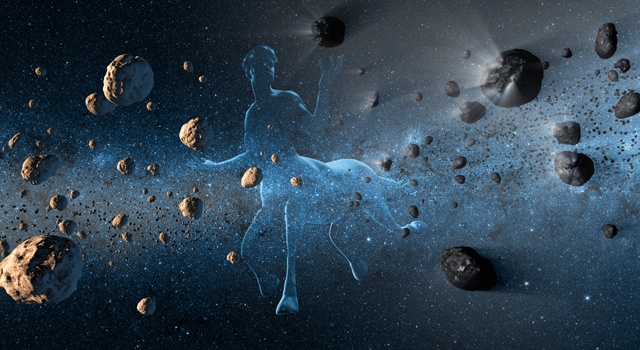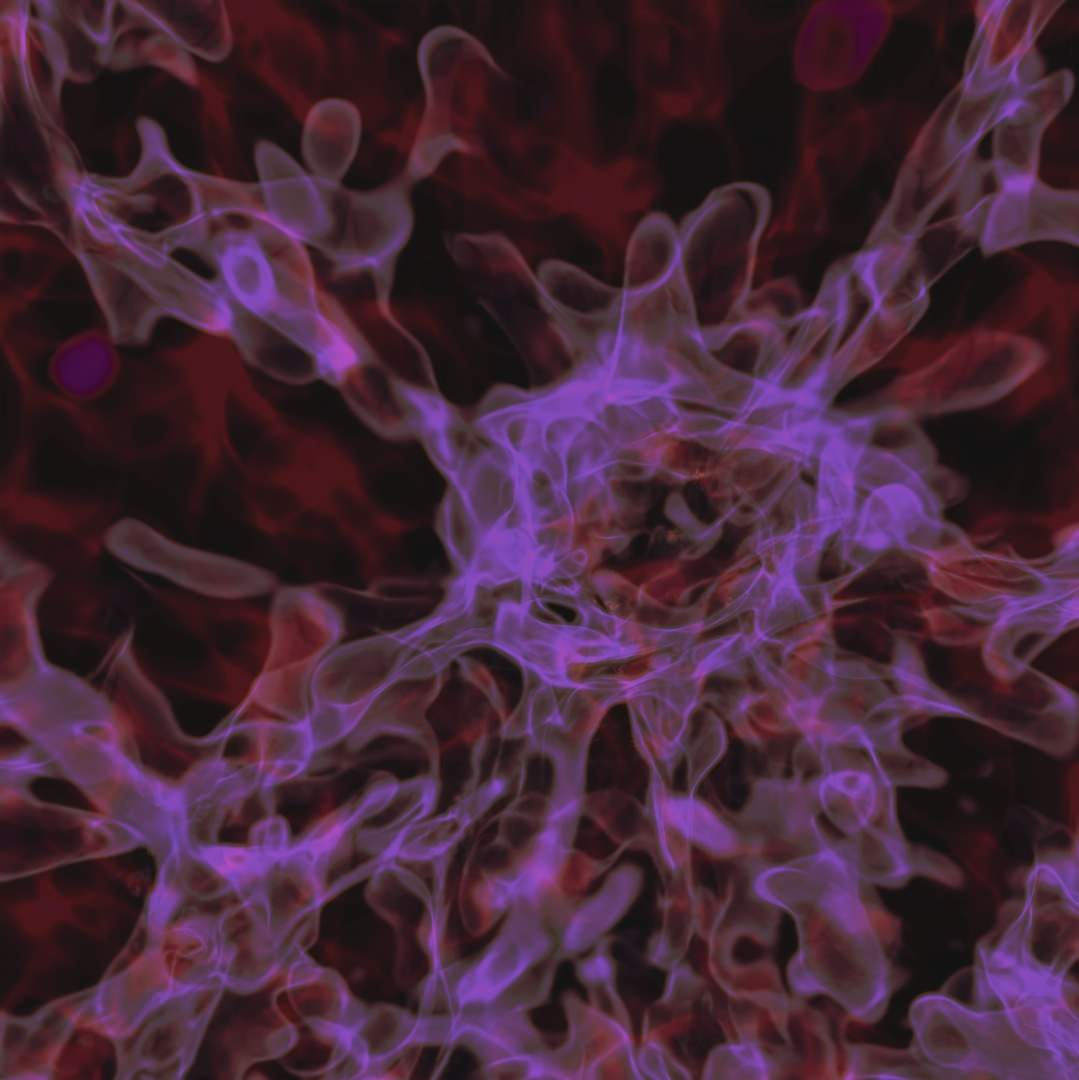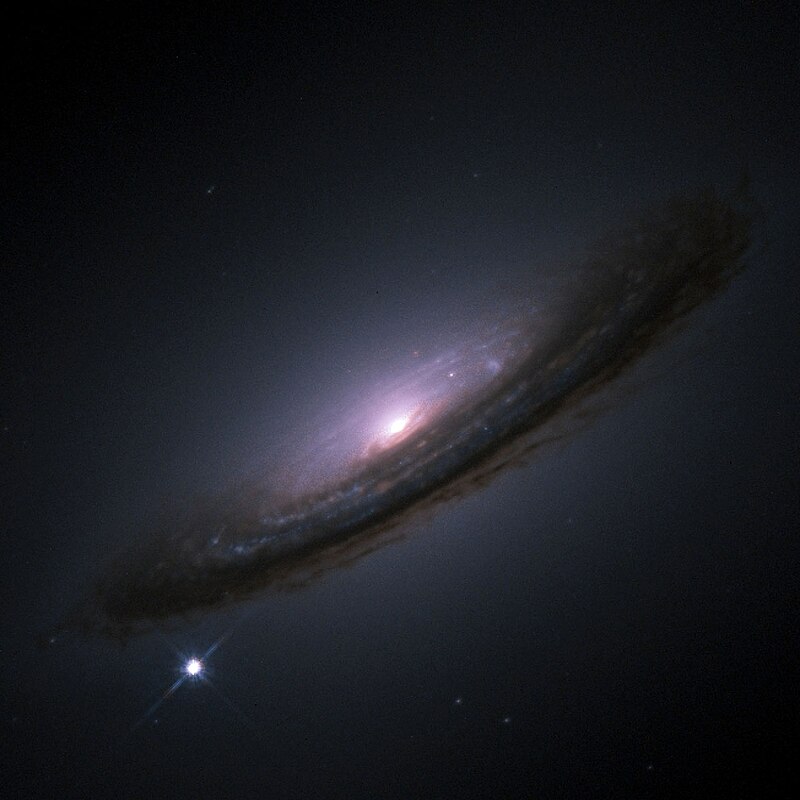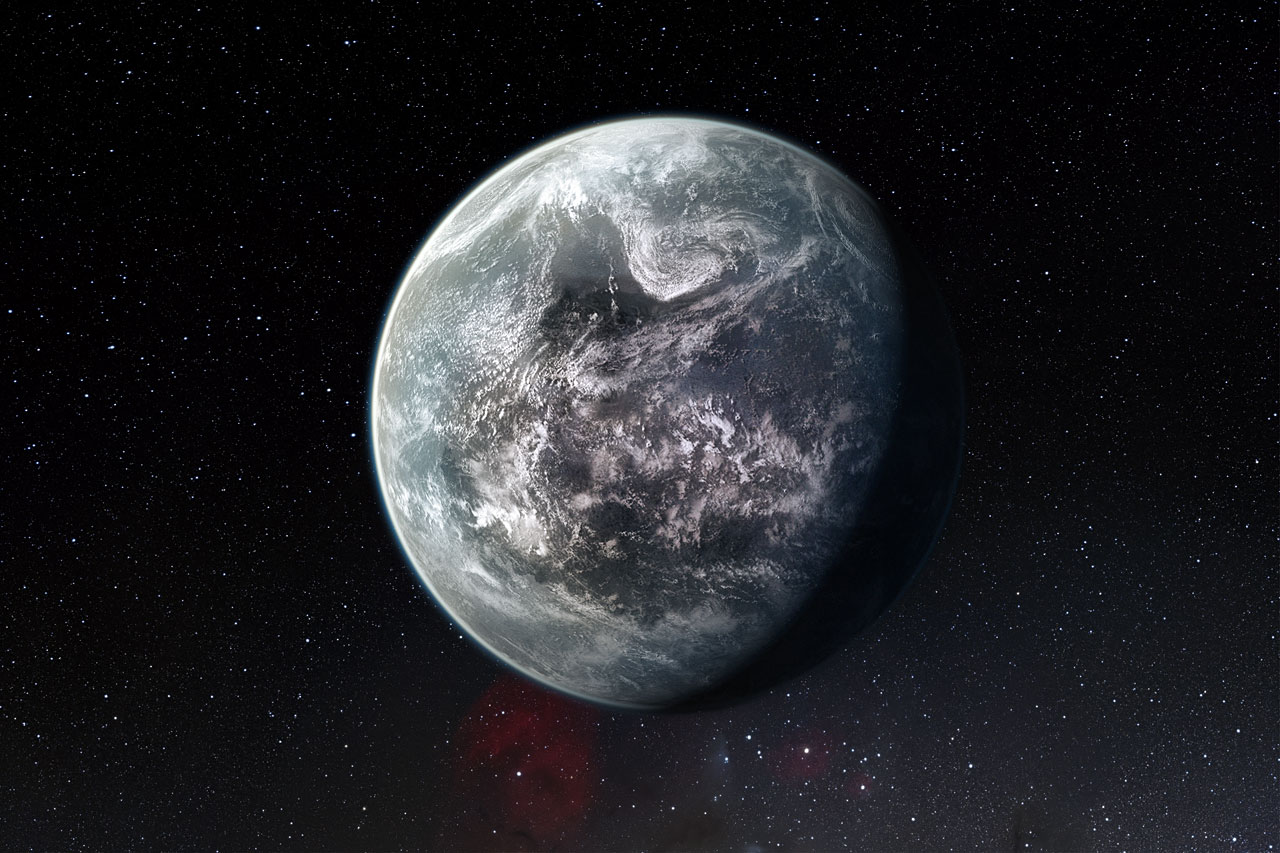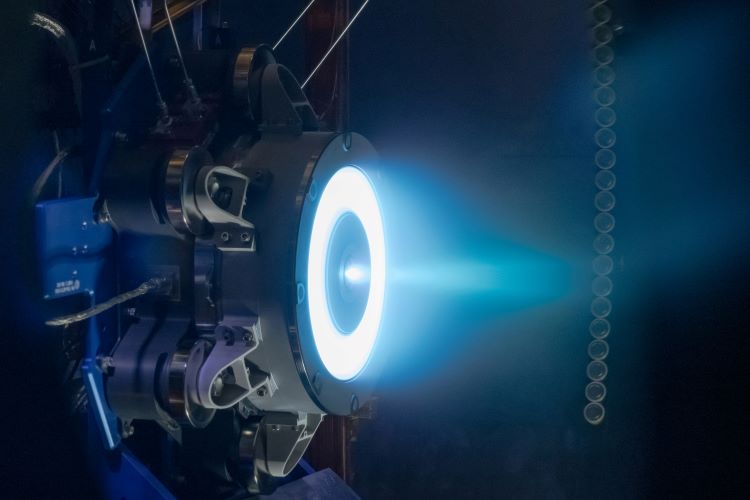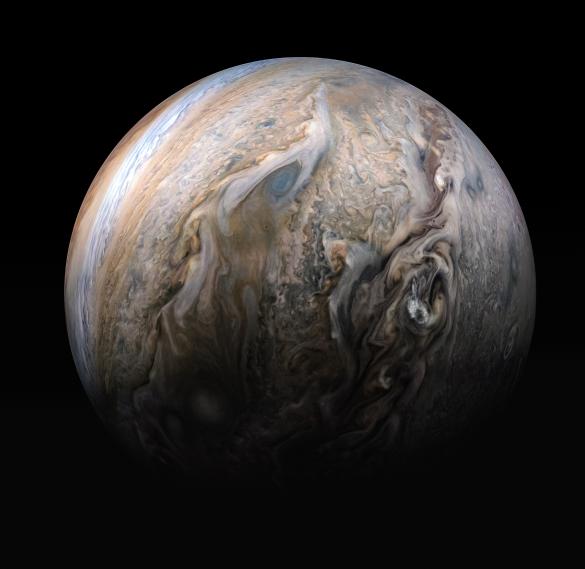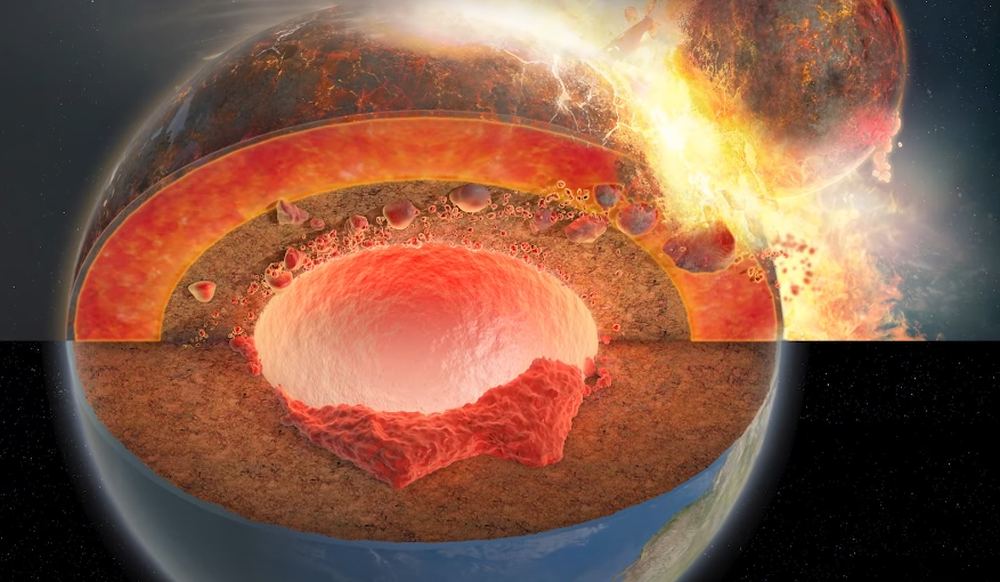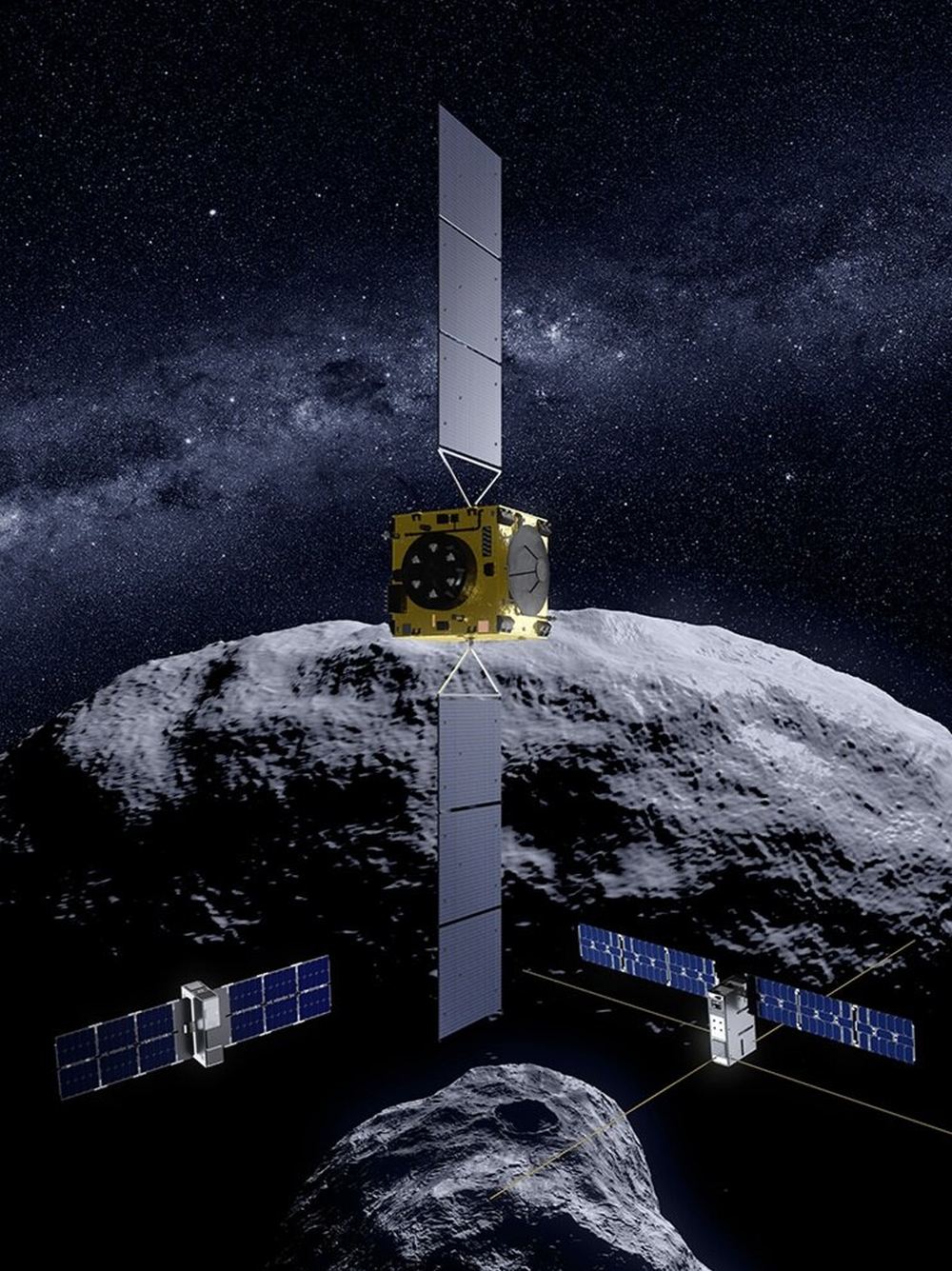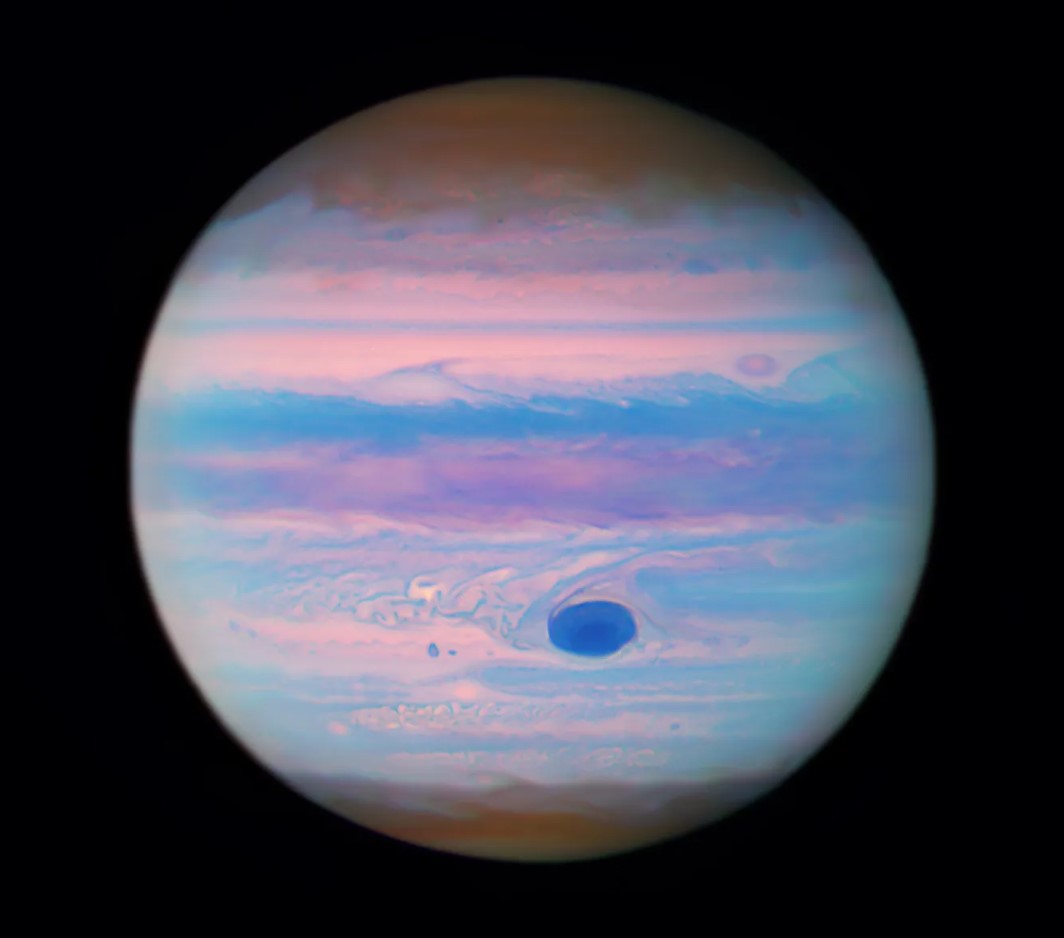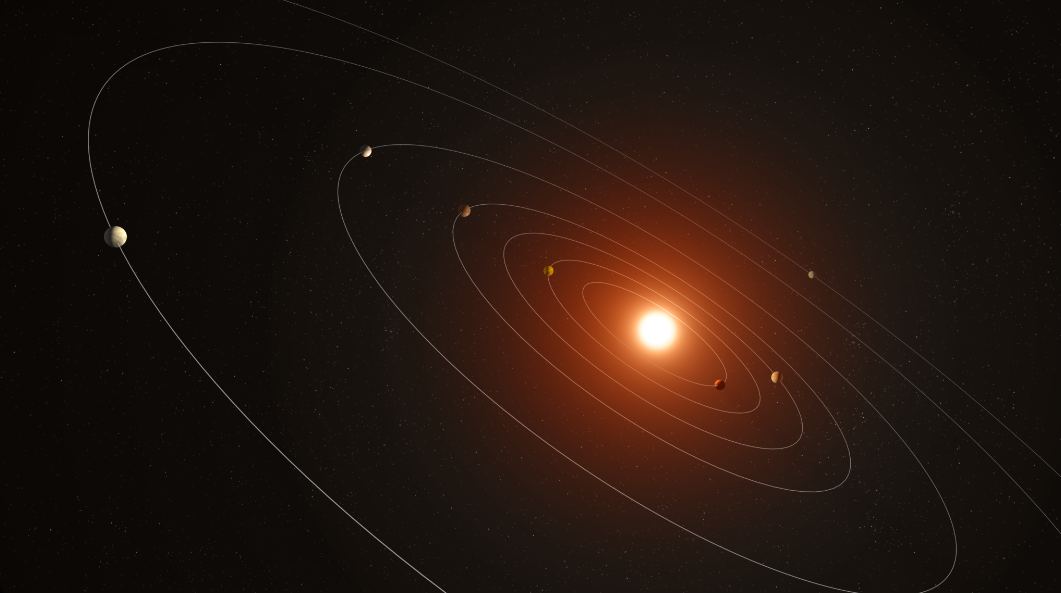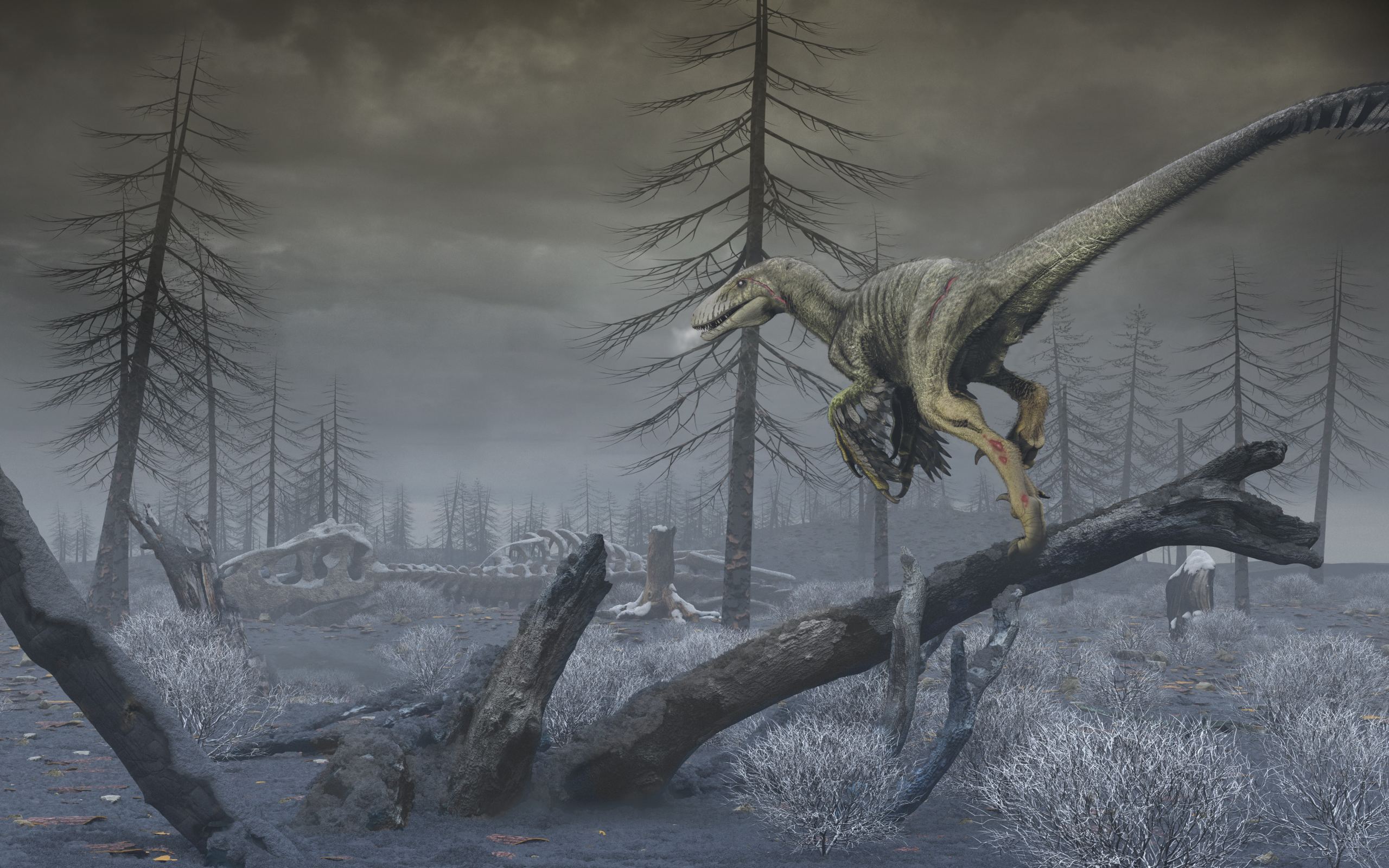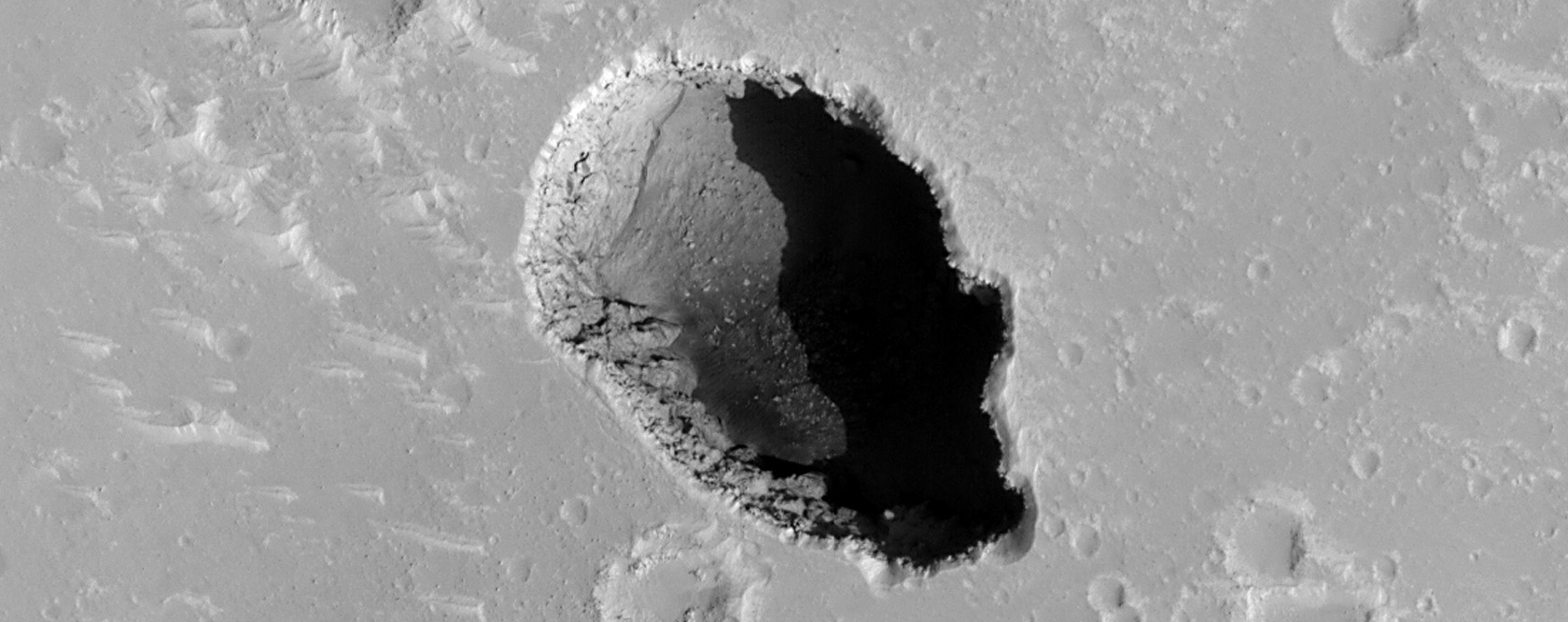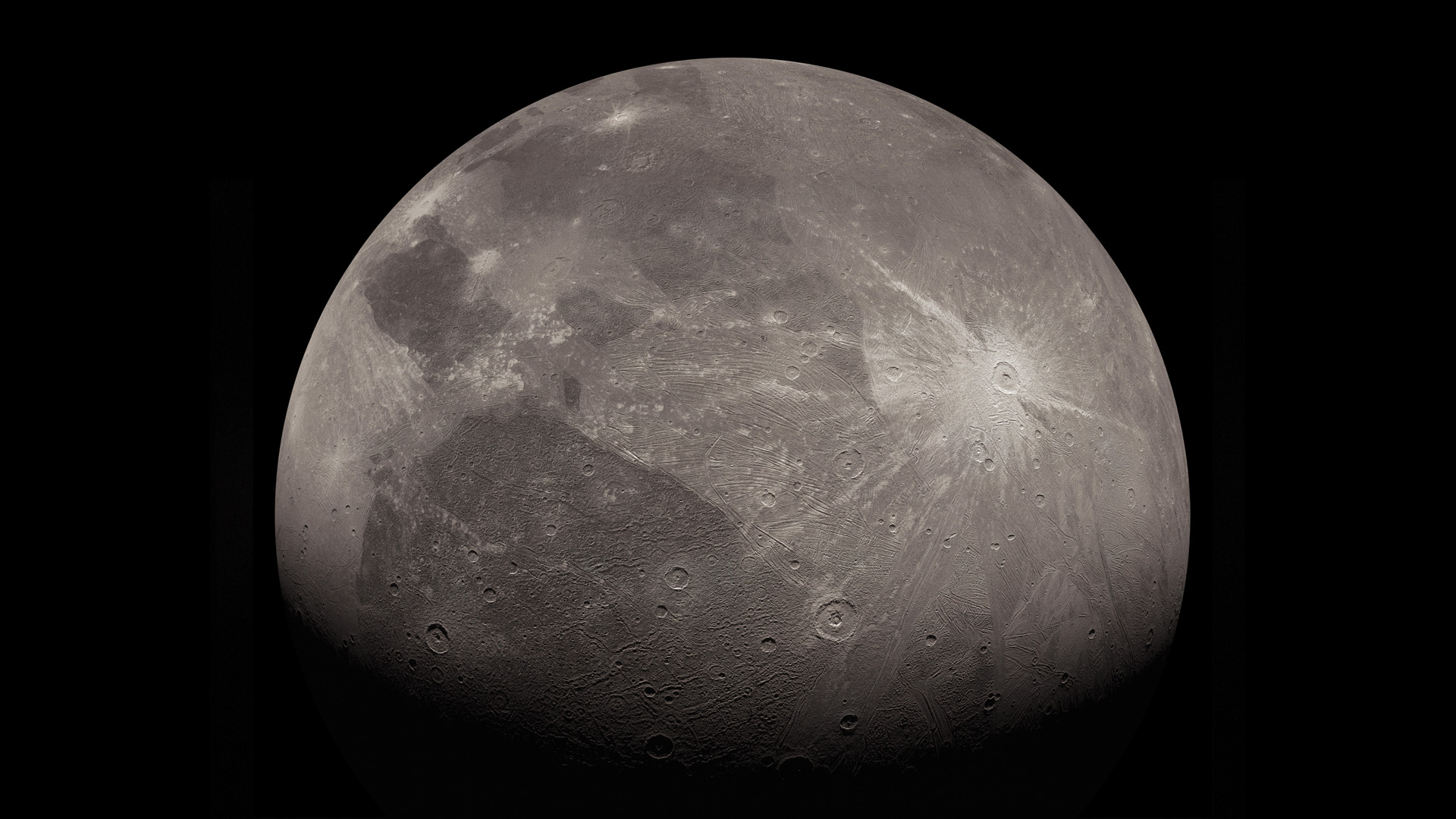
During its last flyby of Ganymede, the Juno probe reported finding traces of mineral salts and organic molecules on its surface.
Continue reading
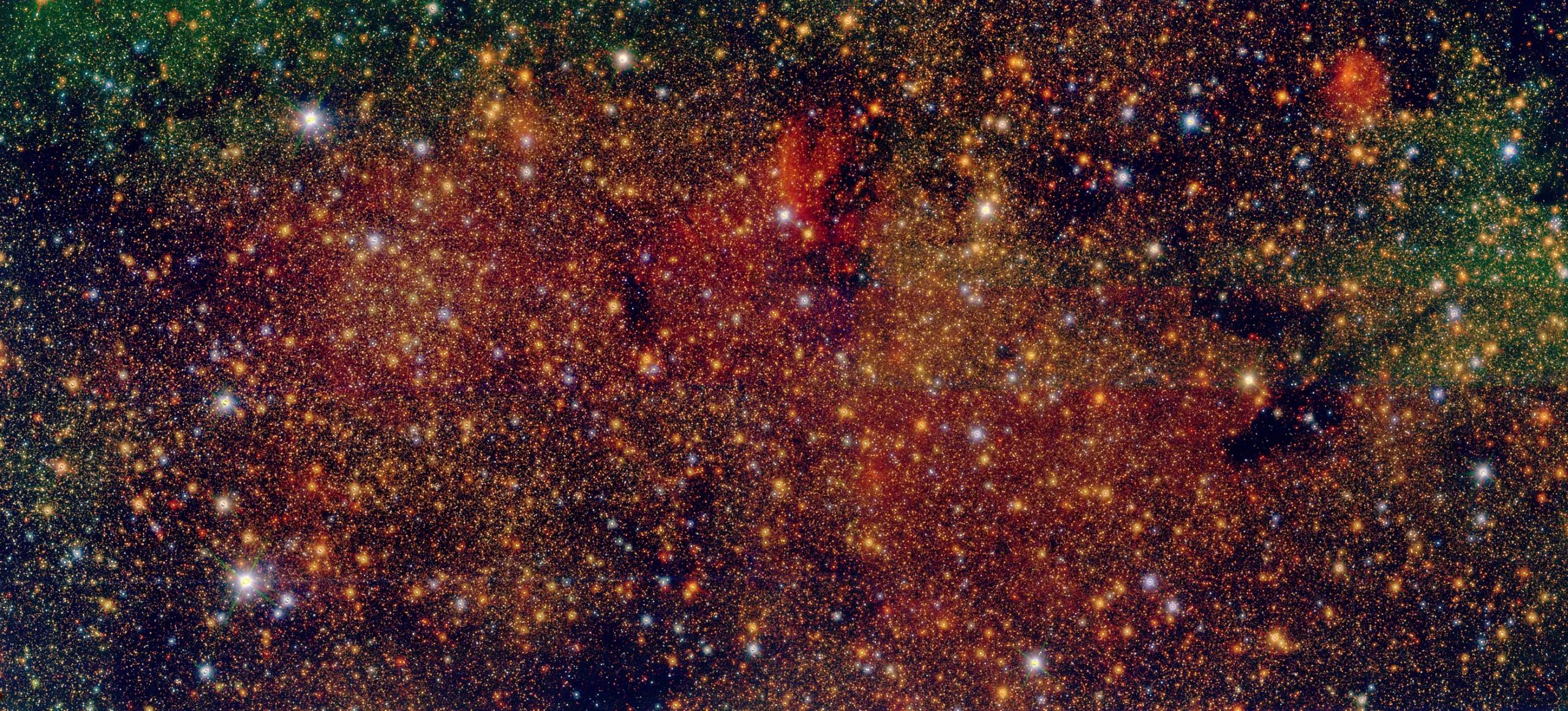
Using data from Webb's NIRSpec instrument, an international team has confirmed that quasars shut down star formation in galaxies billions of years ago.
Continue reading
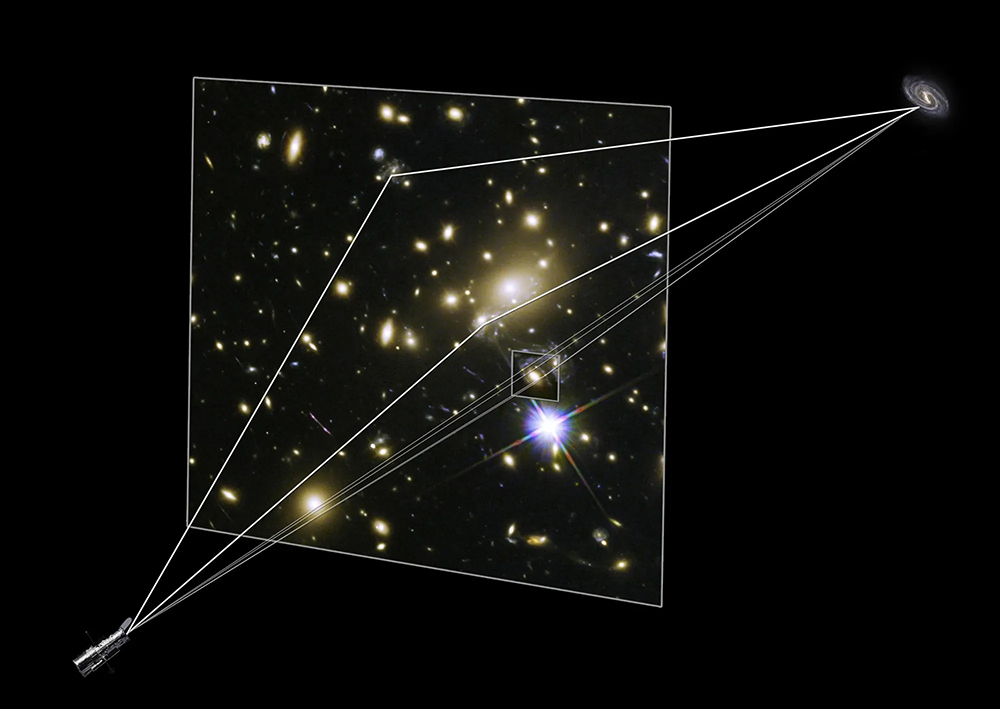
A new paper shows how gravitational lenses could be used to beam power from one star system to another.
Continue reading

A new paper recommends that future SETI experiments rely on simultaneous observations to eliminate background interference.
Continue reading
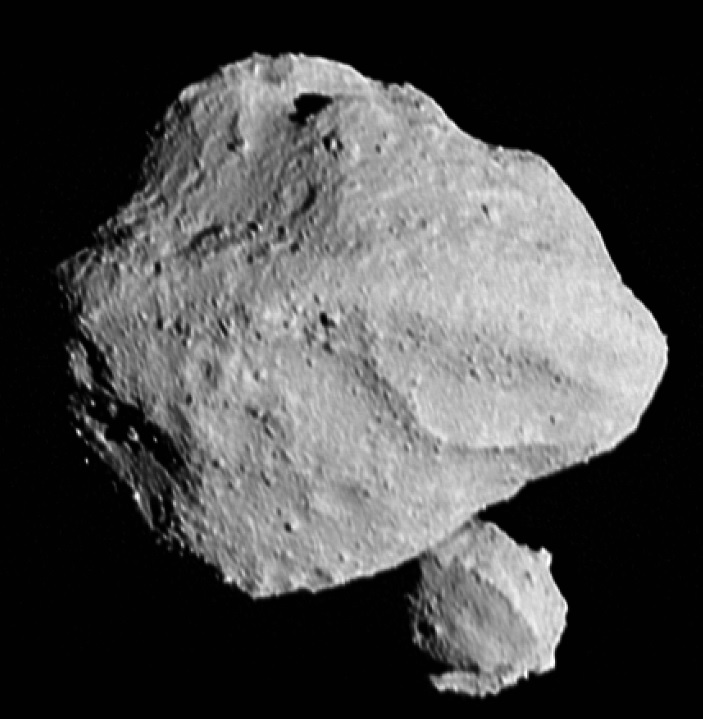
NASA's Lucy mission hits the jackpot on its very first asteroid flyby this week.
Continue reading
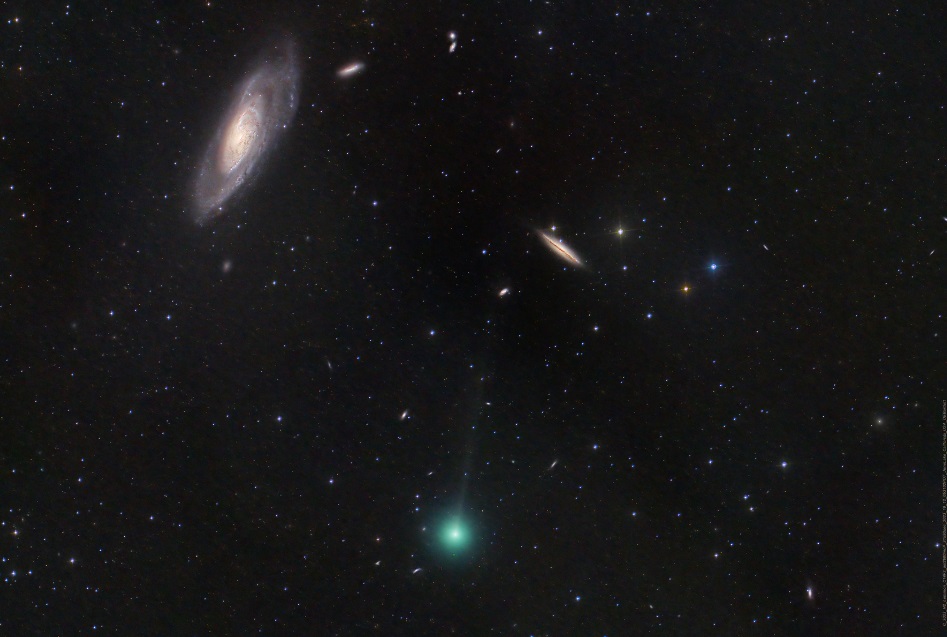
Discovered early this year, Comet C/2023 H2 Lemmon may approach naked eye brightness in November.
Continue reading
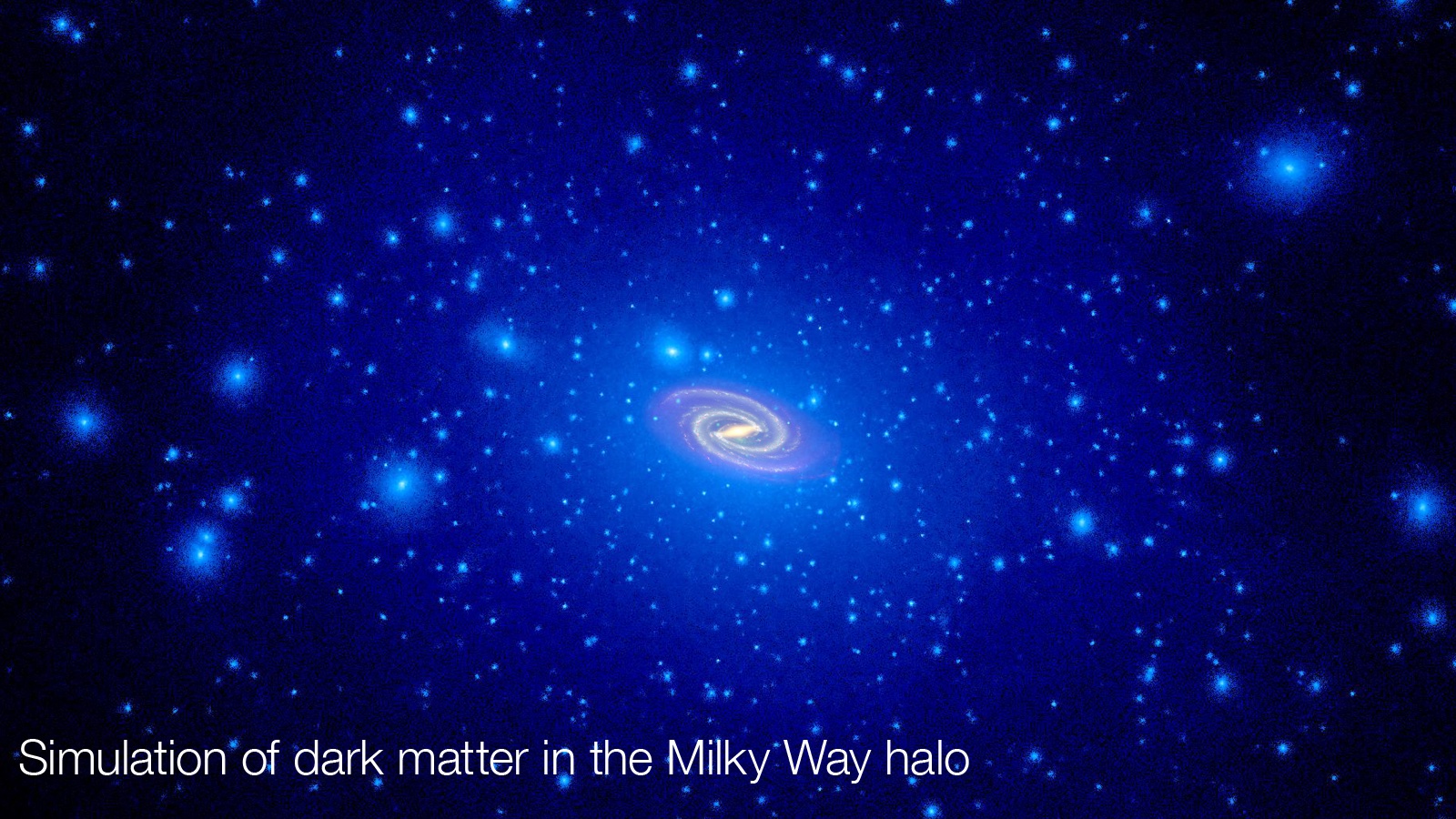
Thanks to new techniques, astronomers are mapping the Universe with more precision, finding galaxies with more and less dark matter. Now astronomers think they've found one that's almost all dark matter with few stars. Dubbed "Nube", the galaxy contains about the same mass as the Large Magellanic Cloud, measuring 22,000 light-years across, with almost no stars inside it. This is the most massive and extended "Almost Dark Galaxy" astronomers have ever found.
Continue reading

 Universe Today
Universe Today
